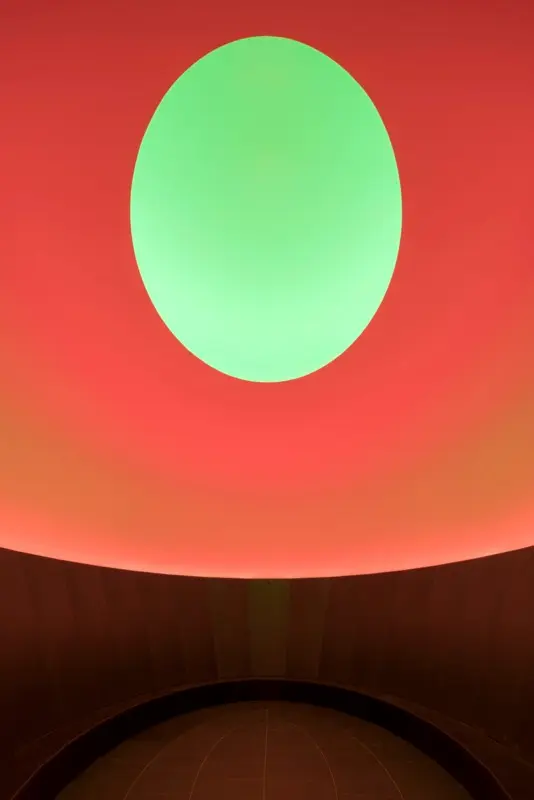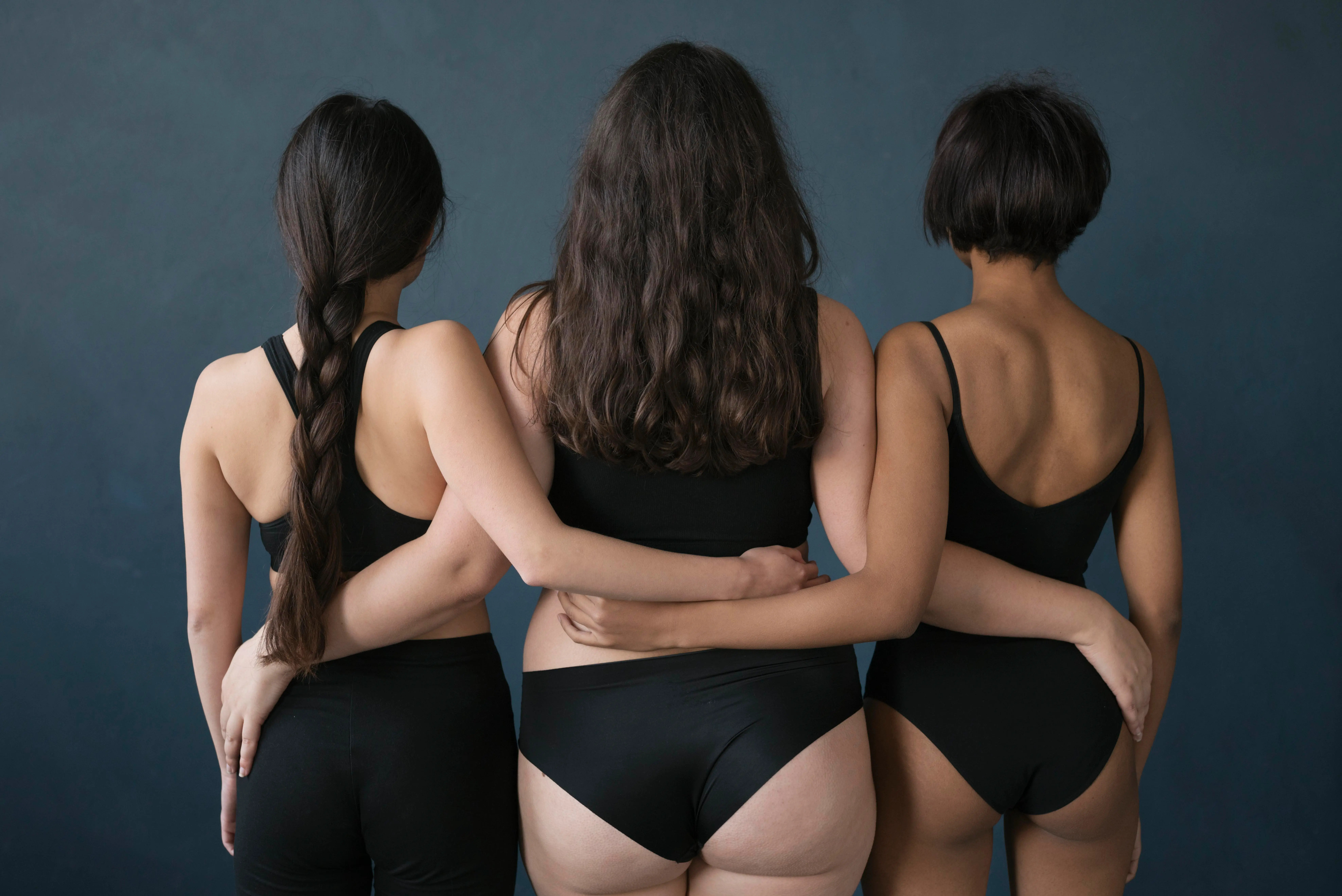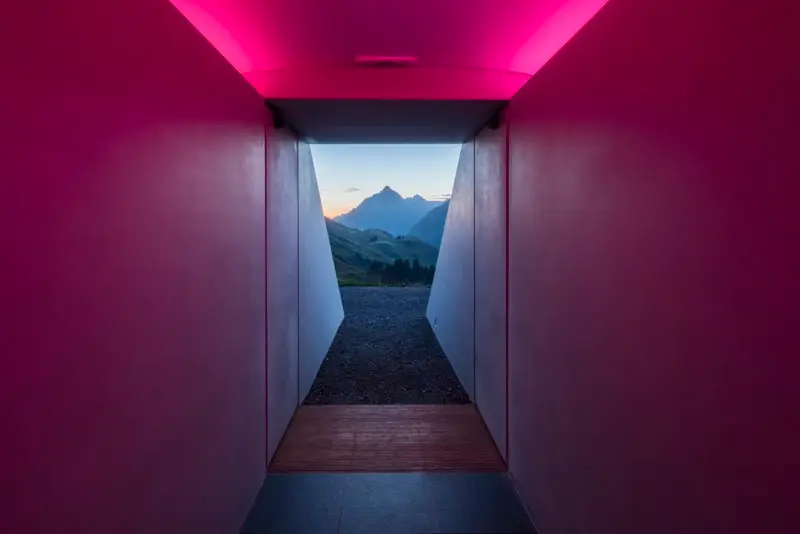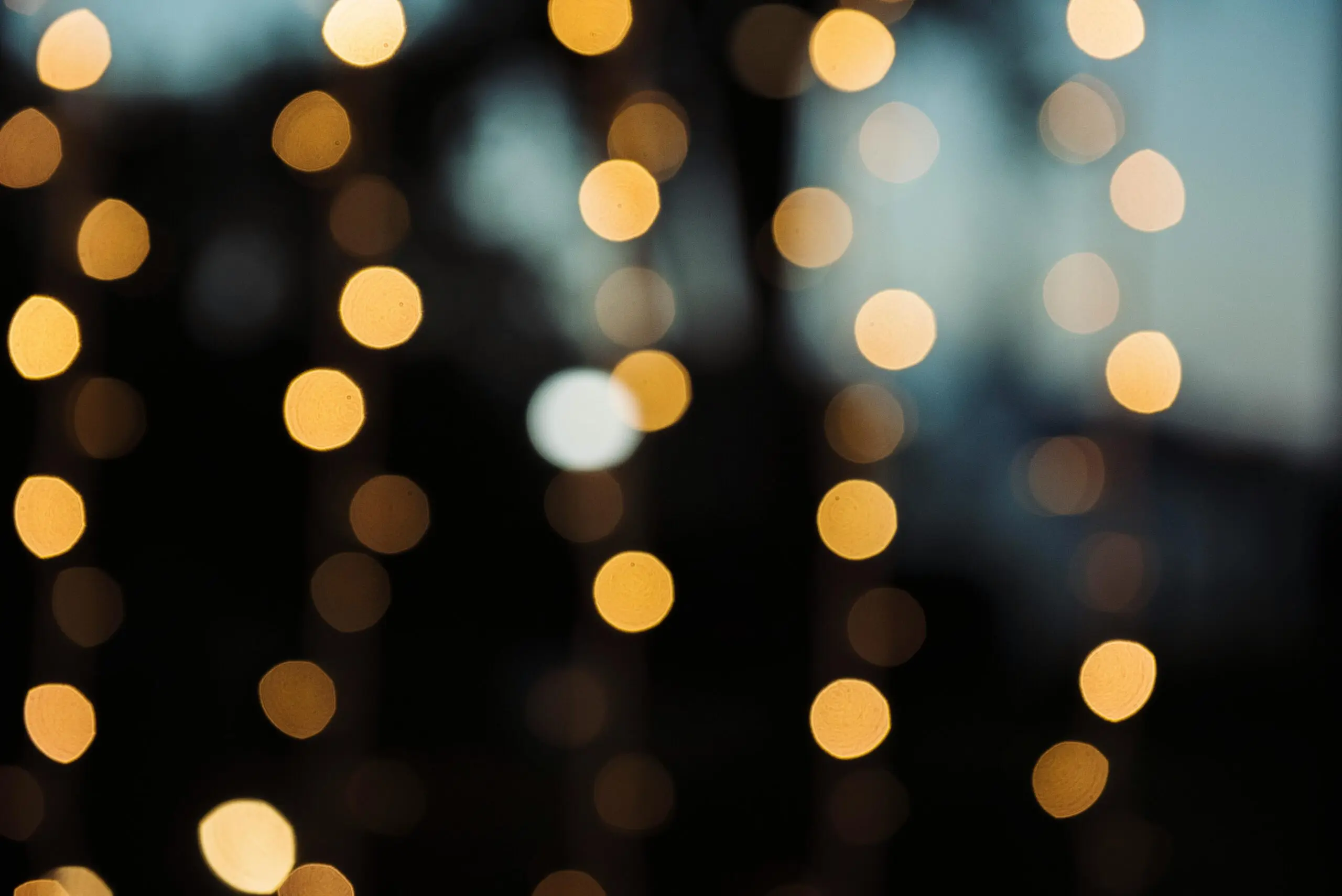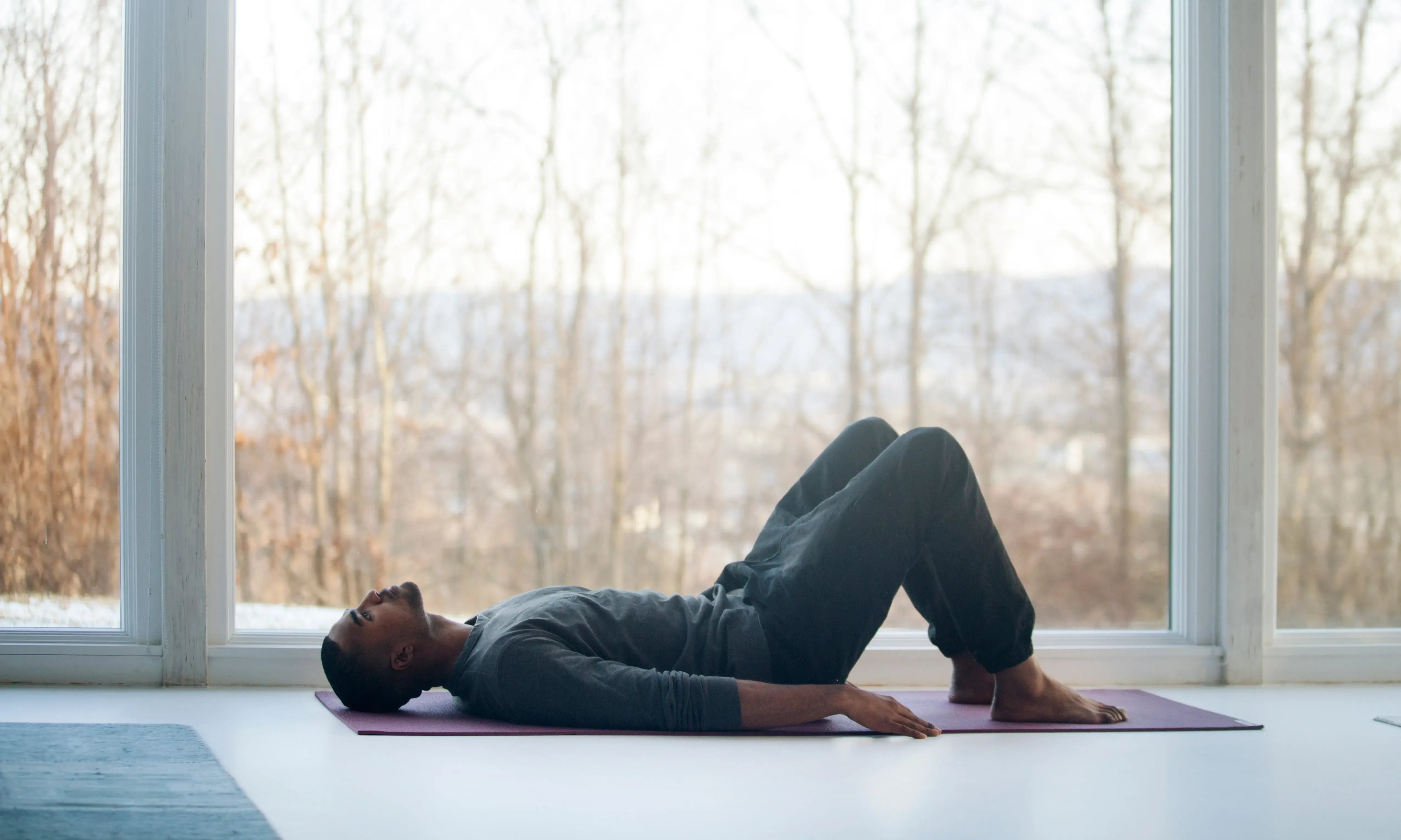Even single-celled organisms, the smallest of living things, strive for it. Plants turn their flowers and leaves toward it. And for humans, it is one of the most important staple foods for the psyche and the biorhythm. It makes us happy and cheerful, calms us and builds us up, but it can also stress us, make us sad and tired – especially when it is absent or in short supply.
We realize how important light is for our well-being, especially when it is lacking – during the dark season or when the sky is overcast for days or even weeks. About 20 percent of people in Germany feel down due to this lack of light: they become melancholic and withdraw.
Lack of light can affect the mood
Combined with listlessness, chronic fatigue, and exhaustion, these are typical signs of Seasonal Affective Disorder (SAD), the so-called winter depression. It occurs in about two percent of the population. Since it is a form of depression it should also be treated by a doctor – supported by light therapy.
Light has a positive effect on body and mind, even some blind people feel it. Despite non-functioning cones and rods in the eye, through which we perceive light stimuli and the brain is supplied with information about brightness, darkness, and colors, their internal clock adapts to the natural light-dark rhythm. Researchers from the Salk Institute for Biological Studies in San Diego assume that the affected people can feel the light.
Anyone who has ever been in a ganzfeld by US artist James Turrell knows this phenomenon. A completely empty room that is slowly flooded with changing colored light. Visitors describe a feeling of disorientation and a strange state of suspension. Turrell himself calls this experience "feeling with the eyes."
All over the world he makes rooms glow, bringing the sky to the earth with his Skyspaces. How overwhelming and magical his light installations are can be experienced, for example, in the Skyspace Lech on the Tanegg (skyspace-lech.com) and since last year also in the Freising Diocesan Museum (dimu-freising.de) experience.
